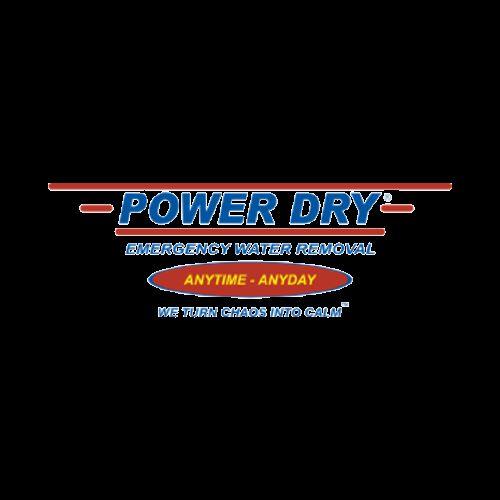
2 minute read
Containment and Isolation Measures
Before you start cleaning and disinfecting your property, you need to take some containment and isolation measures. This will prevent the spread of sewage and contamination to other areas of your property or to neighbouring properties. Here are some measures to take:
❖ Block Off the Affected Area: You should block off the affected area from the rest of your property using plastic sheets, tarps, or tape. This will create a physical barrier that will prevent sewage from leaking or splashing to other areas. It will also prevent people or animals from entering the affected area.
Advertisement
❖ Ventilate the Affected Area: You should ventilate the affected area as much as possible to reduce odors and moisture. You can use fans, dehumidifiers, or open windows and doors to increase air circulation in the affected area.
❖ Remove Salvageable Items: You should remove any salvageable items from the affected area as soon as possible. This includes items that are not contaminated by sewage or can be cleaned and disinfected easily.
❖ Use Air Purifiers or Filters: You can use air purifiers or filters to improve the air quality in the affected area. This will reduce the odors and particles from the sewage spill and prevent them from spreading to other areas.
Removing Standing Water and Debris
The next action is to clear the affected area of any debris and standing water. This will reduce the amount of sewage and contamination on your property and prepare it for cleaning and disinfection. Here are some steps to follow:
❖ Use Pumps or Vacuums: You can use pumps or vacuums to remove any standing water from your property. You can use submersible pumps for deep water or wet/dry vacuums for shallow water. You should wear protective gear when using these devices and avoid contact with sewage water.

❖ Use Shovels or Rakes: You can use shovels or rakes to remove any solid debris from your property. This includes dirt, mud, sand, gravel, rocks, leaves, branches, trash, or any other objects that may have been carried by sewage water. You should wear protective gear when handling these materials and avoid contact with sewage.

❖ Use Absorbent Materials: You can use absorbent materials to soak up any remaining water or moisture from your property. This includes towels, rags, newspapers, paper towels, kitty litter, sawdust, or garden lime. You should wear protective gear when using these materials and avoid contact with sewage.
Conclusion
A sewage spill is a serious problem that can damage your property and endanger your health. If you experience a sewage spill in your home or business, you need to act quickly and follow the proper steps to restore your property and prevent further contamination. You need to understand the severity of the sewage spill, take safety precautions and wear protective gear, stop the source of the spill, contact your insurance company and a professional sewage cleanup company if needed, document the damage, dispose of contaminated materials, contain and isolate the affected area, remove standing water and debris, and clean and disinfect your property thoroughly.


